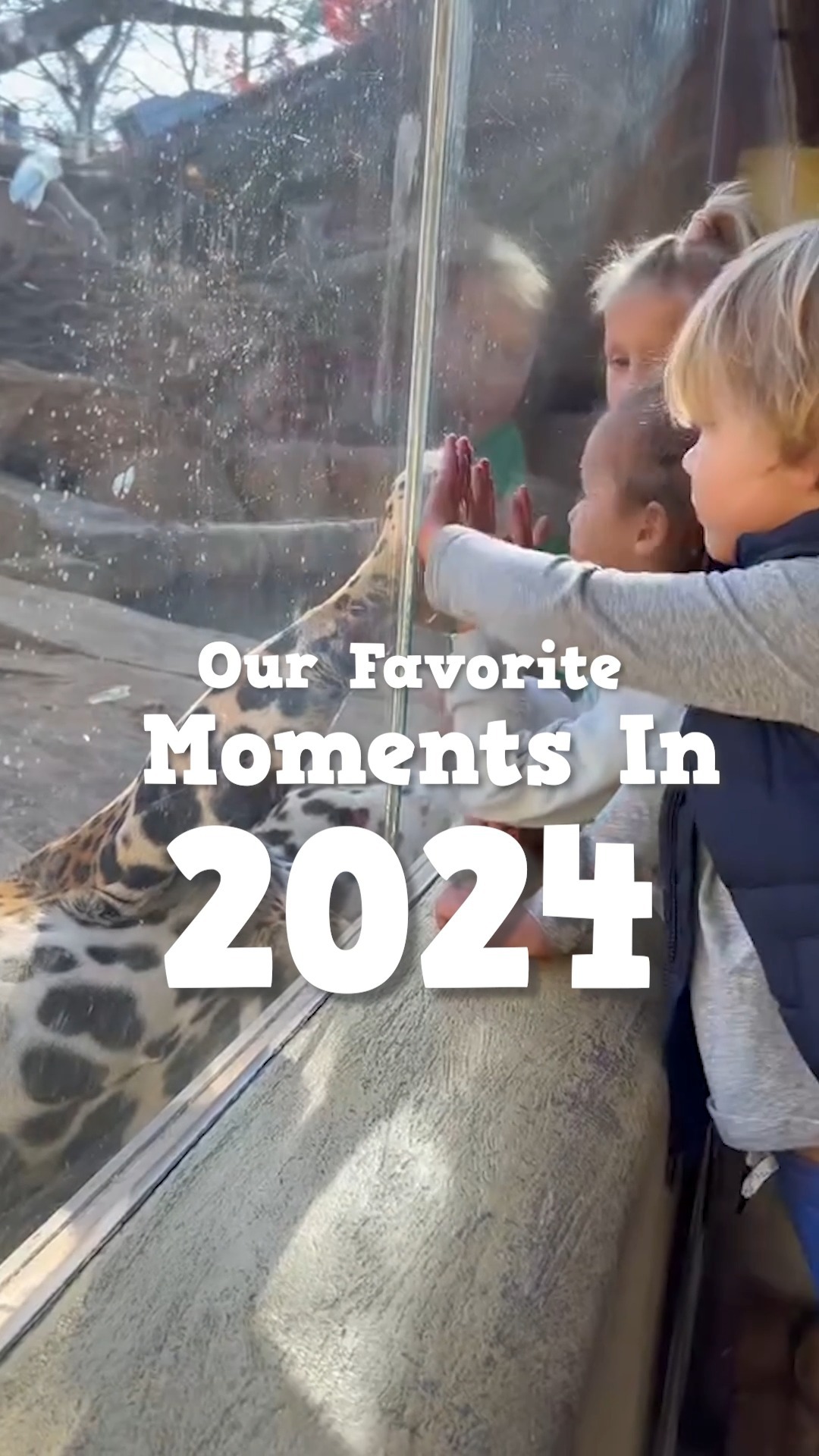- The significance of the new Welcome Center and the Frank and Paige Engro Veterinary Health Center in wildlife conservation.
- The role of educational initiatives in promoting wildlife conservation and awareness.
- Contributions of visitors and staff to achieving organizational goals.
- The impact of infrastructure development on wildlife health and management.
- Future prospects and expectations for continued conservation efforts and public engagement.
The opening of the new Welcome Center and the Frank and Paige Engro Veterinary Health Center marks a pivotal moment for wildlife conservation. These facilities are crucial in realizing the mission of conserving and educating about wildlife. They serve as the foundation for a more integrated approach to animal care, education, and visitor engagement. This not only enhances operational capabilities but also aligns with broader conservation goals that prioritize the welfare of both wildlife and the public they coexist with.
The Welcome Center provides a dynamic interface between the organization’s mission and its visitors. It is designed to serve as a hub for learning and interaction, offering educational exhibits and resources that highlight the importance of biodiversity and habitat protection. Through various programs, it engages the community, fosters a deeper understanding of ecological systems, and inspires actions towards sustainable living. The design of the center reflects an emphasis on using spaces efficiently to encourage learning and participation, critical to nurturing an informed public that can advocate for wildlife conservation.
Complementing the Welcome Center, the Frank and Paige Engro Veterinary Health Center plays a vital role in wildlife conservation efforts. This facility is equipped with advanced medical technology to provide top-tier veterinary care for animals. It addresses health concerns, ranging from routine check-ups to critical care, ensuring the well-being of animals under its protection. The health center is pivotal in executing preventive healthcare measures, conducting research, and contributing to global wildlife health knowledge. It serves as a training ground for veterinarians, promoting expertise in animal health management that extends beyond the local context to benefit broader conservation efforts.
Educational initiatives are at the core of advancing wildlife conservation and awareness. The organization implements a range of programs tailored to different audiences, from school groups to adults. These initiatives are designed to engage participants through hands-on experiences, workshops, and interactive exhibits. By integrating scientific content with engaging activities, the organization promotes an understanding of the interconnectedness of ecosystems and the role humans play within them. The educational strategy aims to empower individuals with the knowledge and skills necessary to make informed decisions about conserving wildlife and preserving the environment.
The milestones achieved over the past year are a testament to the dedication of both visitors and staff. Visitors, by participating in programs and supporting conservation initiatives, play an instrumental role in shaping the success of these efforts. Their engagement is critical in generating awareness and fostering a collective responsibility towards wildlife conservation. Staff contributions are equally significant, demonstrating commitment through their work in education, research, and animal care. Their expertise and passion drive the organization’s mission forward, ensuring that the infrastructure and programs benefit both the animals and the public.
Infrastructure developments in the form of the new facilities directly impact wildlife health and management. By providing state-of-the-art medical care and creating engaging educational environments, the organization enhances its ability to manage and conserve wildlife populations effectively. Such infrastructure supports a robust management system that monitors animal health, addresses emerging health issues, and facilitates research. It also allows for the collection of valuable data that contributes to the global understanding of species-specific health challenges and the development of effective conservation strategies.
Looking ahead, the organization’s initiatives set the stage for promising conservation outcomes and deeper public engagement. With integrated facilities, it aims to expand educational outreach, foster partnerships, and enhance public participation in conservation activities. There’s a strong focus on leveraging these resources to advocate for policy changes that support wildlife protection at local and national levels. Continued success relies on maintaining a dialogue with the community, encouraging active involvement, and constantly adapting strategies to meet the dynamic needs of wildlife conservation.
In summary, the opening of the Welcome Center and the Frank and Paige Engro Veterinary Health Center are significant milestones in a broader effort to conserve and educate about wildlife. Through advanced facilities, comprehensive education programs, and the support of engaged visitors and dedicated staff, the organization strengthens its mission and sets a foundation for future success. As the community looks towards another year, the commitment to conservation and education promises a sustained impact in protecting and appreciating our natural world.
*****
Source Description
We are grateful for the incredible milestones we achieved this past year, including the opening of our new Welcome Center & the Frank and Paige Engro Veterinary Health Center. These advancements help us strengthen our mission to conserve and educate about wildlife. ❤️
Thank you to our supportive guests and dedicated staff for being part of our journey. We look forward to another exciting year with you!

